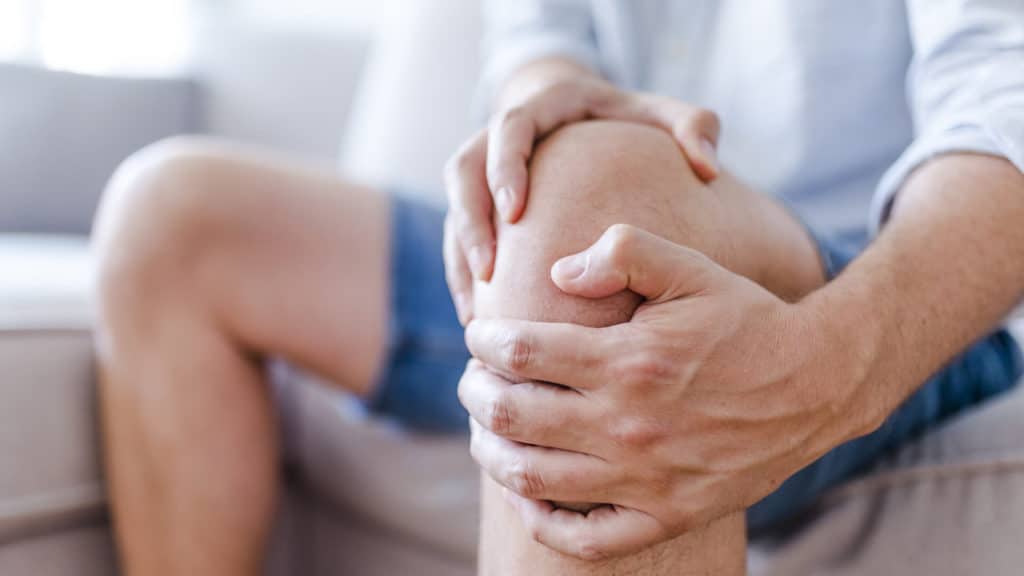According to the CDC, one in four Americans aged 65 and older falls each year. In fact, every 11 seconds an older adult is treated in the emergency room for a fall, making it the leading cause of fatal and non-fatal trauma-related hospital admissions among this group. What’s even more alarming? Falling once doubles your chances of falling again. But just because falls are common among older adults doesn’t mean it has to happen to you, particularly if you follow these tips for fall prevention at home.
The Facts on Falls
One in five falls causes a serious injury such as a head injury, hip fracture or other broken bone leading to over 800,000 hospitalizations a year, as reported by the CDC. The impact of these injuries can make it harder to get around, to continue daily activities, and even to live independently. While not every fall causes a physical injury, there can be a mental toll – the
fear of falling again. In many cases this fear results in a less active lifestyle which can lead to physical decline and an even greater risk of falling, as well as depression and isolation.
Risk Factors for Falls
Older adults are more at risk for falls due to a variety of reasons. These include:
- Muscle weakness
- Vitamin D deficiency
- Difficulty with balance or walking
- Use of medications that can cause dizziness or unsteadiness
- Foot pain or improper footwear
- Trip hazards in the home
Often it’s a combination of risk factors that can cause falls.
Fall Prevention at Home
Although age can affect vision, strength and balance, falls are not a natural part of aging and in many cases can be prevented with these proactive measures.
Have your doctor evaluate your risk for falling and keep up with all preventative health visits.
Review your medications with your pharmacist and doctor. With older adults taking more than one-third of the prescriptions drugs in America and the average patient taking more than five prescription medications according to MD Magazine, it’s crucial to be aware of side effects and potential interactions.
Improve strength and balance through exercise and/or if necessary, ask your doctor to recommend a physical therapist.
See an eye doctor once a year and clean glasses and/or contacts regularly.
Conduct a home safety assessment through a home care agency or geriatric care manager. You can also make your home safer with these small changes:
- Make sure walking paths and stairs are free of clutter. Keep electrical cords near walls and away from walkways. Remove throw rugs and check to ensure all carpets and large area rugs are firmly attached to the floor.
- Arrange furniture so it’s out of walkways, and make sure sofas and chairs are the right height to easily get in and out.
- In the kitchen, purchase a reach stick or sturdy step stool with a bar to hold on to if you frequently access items on high shelves.
- In the bedroom, have a light near the bed and proper lighting along the path from your bed to the bathroom.
- In the bathroom, get a non-slip rubber mat or self- stick strips on the floor of the tub or shower, use a shower chair if necessary and install grab bars to assist you in getting in/out of the tub or up from the toilet.
Make your home more accessible by ensuring you have the appropriate mobility devices to maneuver around the home safely. In addition, you may need to make home modifications to install ramps, make the doorways wide enough for these devices and/or add a chair lift.
Invest in a fall notification system (emergency response system) which is a wearable call button that puts you in touch with help in the event of a fall. At a minimum, keep your cell phone with you at all times and/or have a telephone near your bed, in the kitchen or anywhere you spend time.
Fall Prevention Made Simple in Senior Living
There’s no way to completely prevent falls in any setting, but if you lack the time, the budget or the ability to take these steps in reducing your risk at home, it could be time to consider senior living.
Senior living communities are designed specifically for older adults with safety features such as fall notification systems, grab bars, ramps and other fall prevention measures as standard. They also offer many additional benefits that include social opportunities, amenities, daily support and onsite medical care.
For more information on our senior living communities, contact us or schedule a tour of a community near you today!




